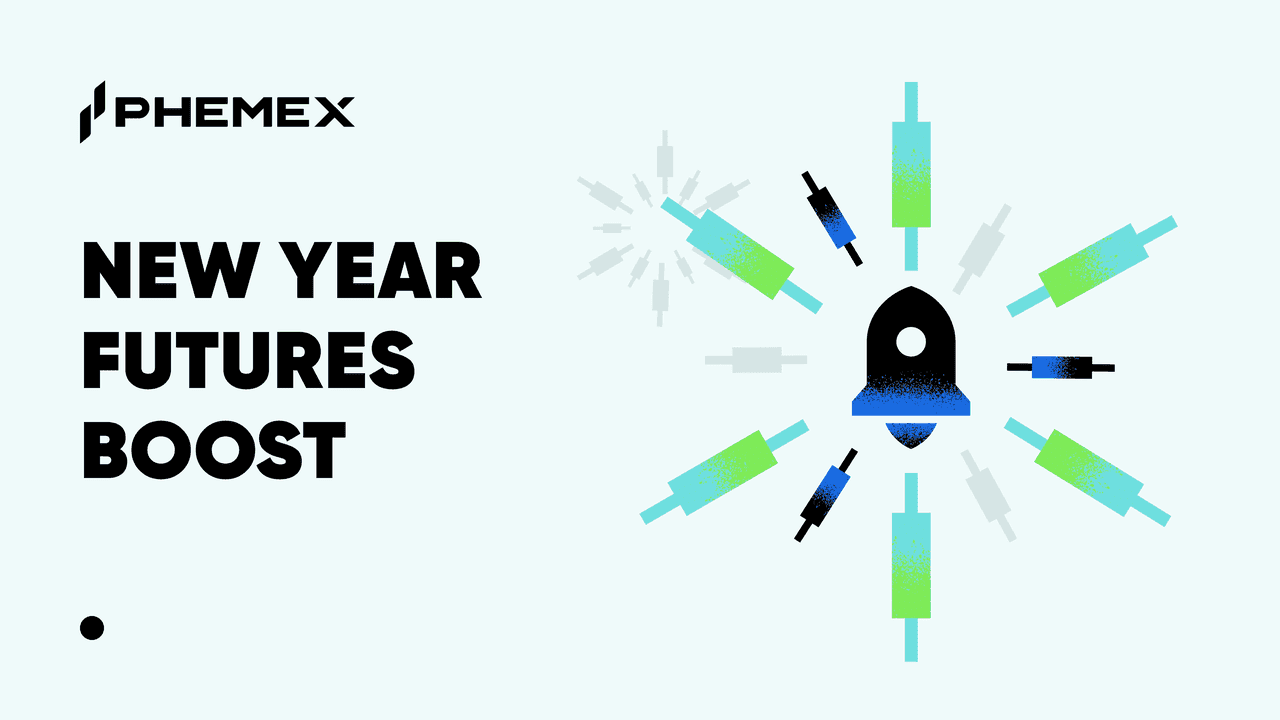Dollar-backed stablecoins are the most popular in cryptocurrency markets, with USDT and USDC dominating the market. But in June 2022, Circle introduced the first Euro-backed stablecoin called EUROC.

What Is EUROC?
EUROC is a EURO-denominated stablecoin. A stablecoin is a cryptocurrency that’s pegged to a traditional (fiat) currency, thus offering stability in the usually highly volatile cryptocurrency market. The most-widely cited example of a stablecoin is Tether (USDT), which currently has a market cap of $65.8 billion, making it the biggest and most well-known stablecoin in circulation.
Why Are Stablecoins Important?
Many consider stablecoins the backbone for cryptocurrencies because they have the technological potential to be the middle ground between traditional and decentralized finance (DeFi).
In fact, stablecoins are greatly known for their usage in DeFi. DeFi is an alternative field to traditional financial services as it encourages communication between holders of cryptocurrencies and thus the focus of lending and borrowing is identical to traditional finance. This has encouraged institutional investors to enter the crypto market because it’s less irresolute compared to cryptocurrencies (which are not stable).
The true benefit of stablecoins is that their technological vehicles eliminate the financial and opportunity costs of middlemen (e.g., banks), which consequently benefits investors as no additional costs are incurred for lending and borrowing.

Stablecoins Moving Forward: Introduction To EUROC
Due to its success, the world of stablecoins is expanding, as the founder of Circle launched another stablecoin, the EUROC, in June 2022. As the name suggests, EUROC is a stablecoin pegged to the Euro. Due to the recent bearish market, however, the timing of its release was rather unfortunate. In June 2022, the Euro reached a 20-year low against the US Dollar. As a result, many exchanged their assets for USD.
Circle’s vision for EUROC is to allow exchanges between institutional traders, businesses, and individuals to have a wider variety of choices when it comes to the stablecoin market – thus offering an alternative to the Dollar.
Circle also adopts the same strategy of pegging as it did for USDC, allocating cash reserves exactly in the ratio of 1:1 for each EUROC in circulation with the fiscal Euro. This pegging method is proven to be the most reliable and trustworthy for the market. The only other way of pegging currencies in order to obtain the value of a fiscal currency is through an algorithm that constantly pursues transactions with other cryptocurrencies on the market in order to keep the cash reverses at a certain value.
But this method is extremely unreliable because the value is dependent on the assets’ value and their reserves. For example, in recent months there was a great decrease in overall crypto values which resulted in stablecoins such as Terra Luna collapsing.
However, it’s important to note the differences in the stablecoin reserve methods applied between Circle and Terra Luna.
The reason for Terra Luna’s collapse can be directly linked to its pegging method. As mentioned above, they use an algorithm system that adds tokens and removes tokens from the supply according to the price, therefore being self-adjusting.
On the other hand, the method used by Circle, USDT, and EUROC has proven to be much safer. Although they launched the EUROC during a relatively bad state of the Euro market, it has proven to maintain its value constantly. Even if the EUROC has not yet managed to prove its full potential, the European Central bank is confident it will be able to do so.
A recent publication from the European Central Bank amplifies that the efficiency of DeFi platforms is crucial for the financial market to develop, and therefore stablecoins such as EUROC are necessary to encourage and increase future growth.











